Master in Interior Design
During this course you will be experiencing furnishings, translating style for living space or luxury homing work with all aspects of interior design, while positively managing client relations throughout the design project, all in with particular attention to the concept of luxury interiors and new aesthetics.
Participants will be analyzing these disciplines and learning how to challenge traditional design styles, and take risks with innovative new proposals.
They will look at new attitudes in the industry that are evolving today including influences in sustainability and innovative new materials and technologies, under the supervision of our deeply experienced professionals.
DATES
January, 3rd week
June, 1st week
wEEKS
17
CreditS
30
Enrollment Fee
€ 1.800.oo
HOURS
450
Tuition Fee
€ 10.000,oo
Programma
IID Philosophy complies with the United Nations’ Sustainable Development Goals, such as environmental degradation.
This course aims to show and analyze the eco friendly materials and their possible appliances.
The Sustainable design seeks to reduce negative impacts on the environment, and the health and comfort of buildings occupants, thereby improving buildings performance.
The basic objectives of sustainability are to reduce consumption of non-renewable resources, minimize waste, and create healthy, productive environments.
This subject explores the principles of the Exhibiting, both in Museums and in Fairs and Events.
From planning and management to production and manufacturing topics, students will gain the general skills necessary to apply these principles to an institution.
If possible, the class will visit a museum for a thorough exploration of the process that led to the exhibition in front of them.
Students apply their learning by developing an exhibition theme, designing an exhibition floor to resize and write a brief exhibition and a conceptual map.
Lighting is the technical-scientific discipline that deals with the lighting of spaces and environments, both internal and external, using both sunlight and artificial light.
To produce an artificial lighting project, knowledge of lighting technology is a necessary but not sufficient condition, since a lighting project is based on interdisciplinary knowledge.
It deals with luminous perception of the human eye, lighting ergonomics and visual comfort. The-se elements analysis leads to an accurate choice of light suitable for indoors or outdoors, buildings, monuments, squares, gardens, museums.
The course features a series of practical assignments which will take you through the stages of creating a visual identity and will help you to develop your visual vocabulary in context.
You’ll be able to exchange ideas and feedback with the other students both during and after each class, through our online classroom and forum.
The knowledge you will get is essential for starting your career as an Interior Designer.
Landscape Designer plans urban and rural landscapes in space and time, based on the natural features and historical and cultural values of the territory.
To this end he/she refers to aesthetic, functional, scientific and managerial methods and principles, with the ap-propriate use of both natural and man-made techniques and materials.
Landscapes must meet human and natural needs and technical requirements, preserving both the natural environment and cultural heritage, also identifying – through a technical feasibility – both the needs of his/her customers and those of society in general, within the limits imposed by economic factors.
Designer’s role must take into account all the needs a client may represent, and tailor his/her job on the project which best complies with those requests. During this course participants will receive an outline of the case-histories that Italian Architects and Designers successfully managed, being able to grab some… “Italian Style”. This Course is divided into the Residential part and the Commercial part.
Italy counts 55 UNESCO World Heritage Sites within its borders – the most of any country on the World Heritage List – and owns over 3.400 museums and 2.100 archaeological sites. It is renowned as the “place to be” when it comes to Art, Historic Building and Archeology.
Thus, our Architectures highly specialized in the art of historic structure reparation thanks to several assignments in the private and public sector.
This course aims to provide the participants with the technical and practical skills relevant to the repair and maintenance of historic buildings and structures, leading designers, architects, surveyors and specialist contractors in this prestigious Art.
This course begins with the Florentine art dating from the end of the 1200’s to the early 1500’s and it continues past the Mannerist movement of Michelangelo.
It covers historical and social events analyzing their influence on artistic production.
Students are explained the major artistic developments from the ideal classical form into the complex era of the Counter Reformation
Elegibility Criteria
Applicants shall send the following documents to direzione@istitutoitalianodesign.it by December, 24th:
- Applicant Form and no. 1 passport photograph;
- Cover letter;
- N. 1 Reference Letter;
Portfolio; - Self-Statement of previous academic studies
- Application Fee Payment of € 120,00
COMPANY OFFICE

RESPONSIBLE
BENEDETTA RISOLO
Receives by appointment from Monday to Friday
